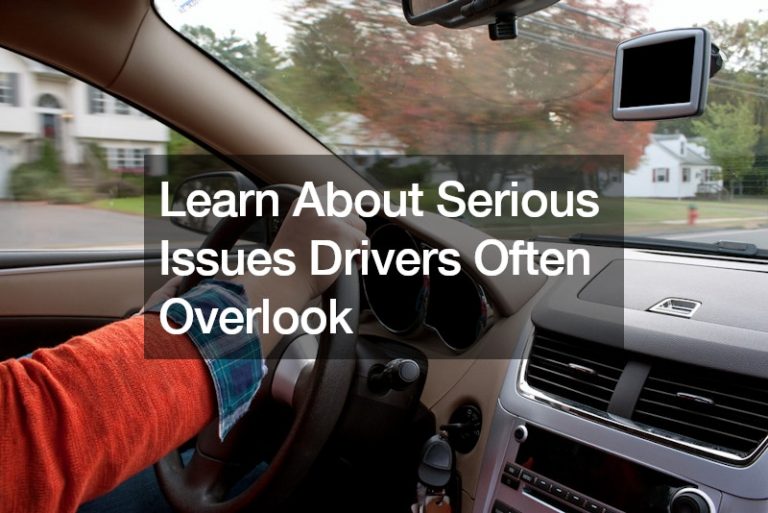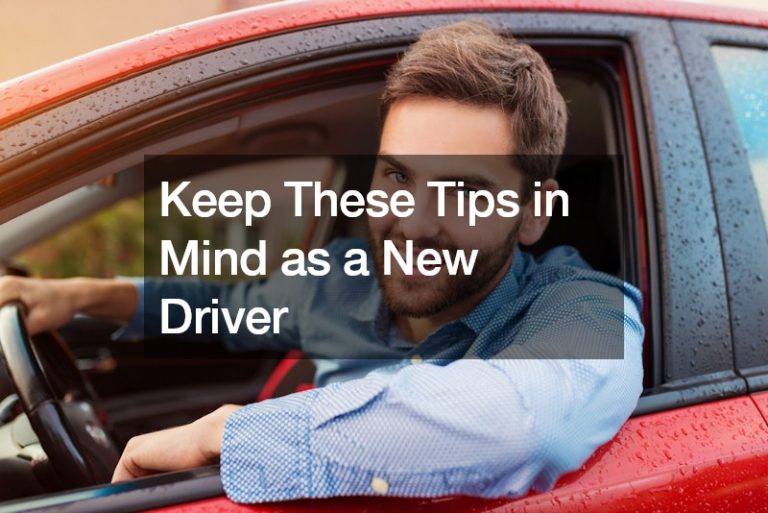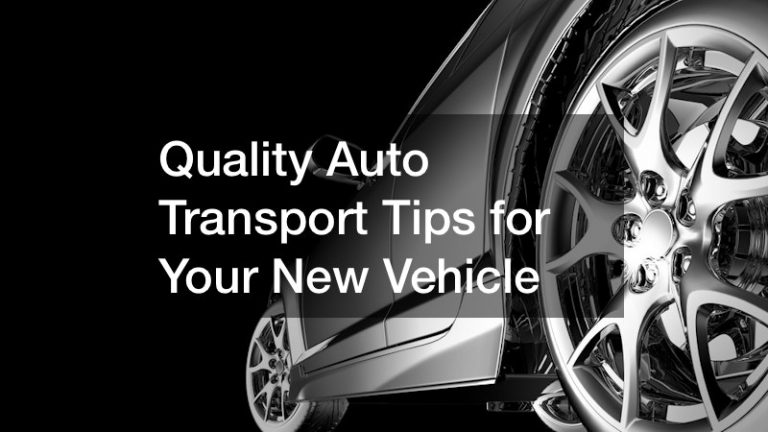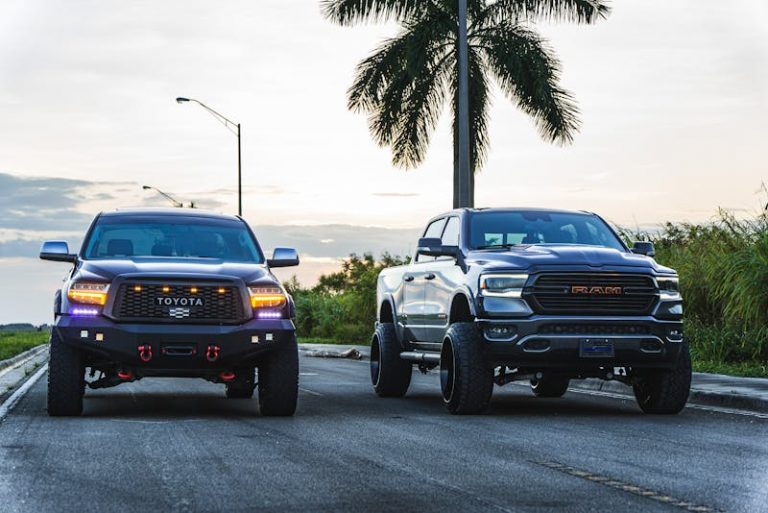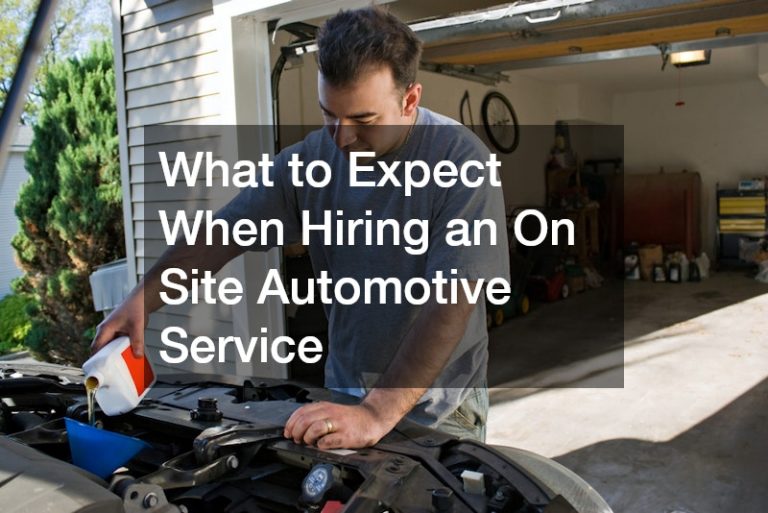
Highlights:
- Always check for injuries first and call emergency services if needed before worrying about the vehicle.
- Move your car to a safe location if possible, or stay visible with hazard lights, warning triangles, or reflective gear.
- Decide wisely whether to stay inside the vehicle or exit, depending on traffic, weather, and safety risks.
- Only use a verified towing service that provides 24/7 accident response—avoid unsolicited or unmarked tow trucks.
- Stay calm, alert, and aware of your surroundings while waiting; keep valuables hidden and communicate with someone you trust.
- Document the scene with photos and cooperate with authorities and insurance for smooth claims.
- Prepare in advance with an emergency kit and stored towing service contacts to reduce stress during accidents.
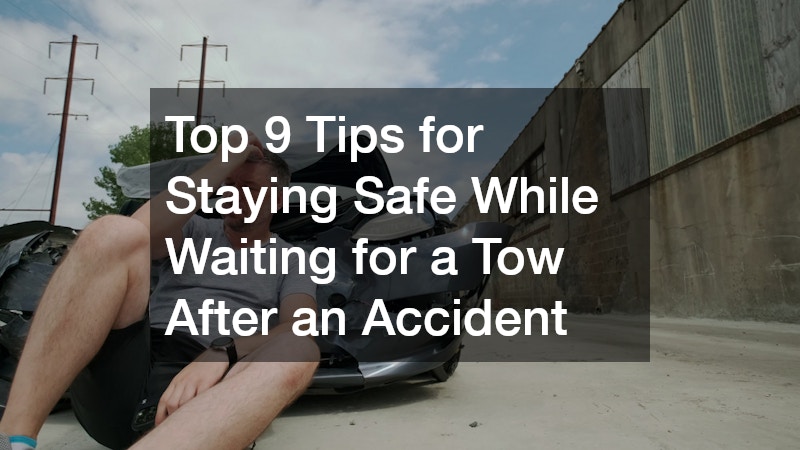
Accidents can happen in the blink of an eye, whether it’s a minor fender bender on a busy highway or a more serious collision on a quiet road. In those stressful moments after the crash, most drivers are focused on two immediate concerns: making sure everyone is safe and getting the damaged vehicle out of the way. That’s where a towing service that provides 24/7 accident response becomes essential.
But even after help has been called, the minutes—or sometimes hours—spent waiting for a tow truck can be just as dangerous as the accident itself. Distracted drivers, poor visibility, and even opportunistic scammers can put you at risk while you’re stranded roadside. Knowing what steps to take to protect yourself, your passengers, and your property makes all the difference.
This guide will walk you through practical safety measures you can follow after an accident while waiting for a tow, with both immediate steps and long-term preparedness tips.
Prioritize Immediate Safety
The very first thing you need to do after a crash is ensure that everyone involved is safe. Vehicles can be repaired or replaced, but your health and safety come first.
Steps to take right away:
- Check for injuries. Start with yourself, then assess passengers, and finally check on others involved in the accident.
- Call emergency services if needed. Even if injuries seem minor, it’s better to let professionals evaluate the situation. Some internal injuries may not be obvious right away.
- Avoid moving injured persons. Unless there’s an immediate threat—such as fire, smoke, or leaking fuel—it’s safer to wait for trained medical personnel.
- Stay calm. Panic only increases the risk of making unsafe decisions. Take deep breaths and focus on the next immediate action.
At this stage, the goal is to keep everyone safe and to secure professional help as quickly as possible. The towing service will come later, but emergency medical needs always take priority.
Move Your Vehicle to a Safe Spot if Possible
If your vehicle is still operable, one of the most important safety measures you can take is to move it out of the flow of traffic. This helps reduce the chance of a secondary collision while you wait for a 24/7 accident response towing service.
Tips for moving your car safely:
- Turn on hazard lights immediately. This signals to other drivers that something is wrong and alerts them to slow down.
- Shift the car to neutral and push if needed. If the vehicle won’t start but is still mobile, you may be able to push it with the help of passengers or bystanders.
- Choose a safe spot. Aim for the shoulder, a nearby parking lot, or a rest area if close by. Avoid stopping just beyond a blind curve, hilltop, or narrow bridge.
- If the vehicle is inoperable, stay visible. Leave it where it is but take extra precautions with hazard lights, reflective gear, and warning triangles.
Even if your car is badly damaged, moving it out of harm’s way reduces the likelihood of another driver colliding with the wreckage.
Stay Visible to Other Drivers
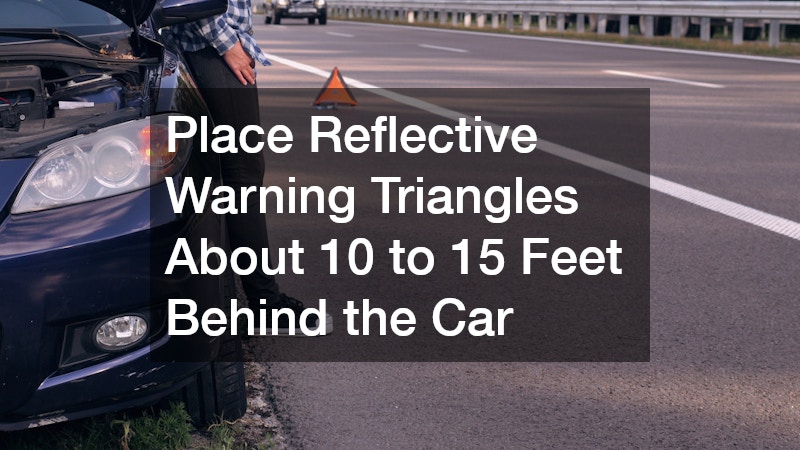
Visibility is a critical factor in accident safety. Many post-crash injuries happen not from the original collision but from subsequent vehicles hitting stopped cars or people standing nearby.
How to make yourself more visible:
- Hazard lights. Keep them on until the tow truck arrives.
- Reflective warning triangles. Place them about 10 to 15 feet behind the car in city traffic and up to 200 feet back on highways.
- Road flares. If safe to use, flares are highly effective at night or in poor weather.
- Reflective vests or jackets. If you must leave the car, wear reflective clothing so approaching drivers can see you.
- Interior dome light. Leaving this on at night can make the vehicle more noticeable without draining too much battery.
The towing company will also benefit from clear visibility when they arrive to hook up your car. This is especially important when calling a towing service with 24/7 accident response, since they may arrive in darkness or poor weather conditions.
Decide Whether to Stay Inside or Exit the Vehicle
A common question drivers face after an accident is whether to stay in the car or get out. The correct decision depends on your surroundings.
When to stay inside:
- Heavy traffic is passing close to your car.
- Weather conditions (snow, rain, extreme cold) make standing outside dangerous.
- The area is poorly lit and you’d be exposed to oncoming vehicles.
When to exit the vehicle:
- You notice smoke, leaking fluids, or fire risk.
- Your car is stopped in a dangerous position, like the middle of a freeway lane.
- There’s a risk of another collision, such as on a blind curve or hill.
If you must leave the vehicle, move to a safe location away from the flow of traffic—ideally behind a guardrail or up an embankment. Keep children and pets secured and away from danger.
Call for a Tow Truck and Confirm Details
Once you and your passengers are safe, the next step is contacting a towing company. A towing service that provides 24/7 accident response ensures that no matter when the crash occurs—day or night—you can get assistance quickly.
What to do when calling a towing company:
- Provide accurate location details. Use GPS on your phone or a nearby mile marker.
- Describe your vehicle and damage. This helps the dispatcher send the right equipment.
- Confirm the towing service. Ask for the name of the company, the driver’s name, and the estimated arrival time.
- Avoid unsolicited tow trucks. Only accept service from the company you contacted or one dispatched by your insurance or roadside assistance provider.
Having these details makes it easier to identify the legitimate tow truck when it arrives, reducing the risk of falling victim to scams.
Communicate with Authorities and Insurance
If the police arrive at the accident scene, cooperate fully. They may need to file an accident report, which can be crucial for insurance claims.
Key actions to take with authorities and insurers:
- Exchange documents. Keep your driver’s license, insurance card, and registration easily accessible.
- Take photos. Capture wide shots of the scene, close-ups of damage, and any skid marks or debris.
- Notify your insurance company. Many insurers allow you to upload photos directly through their mobile apps.
- Follow instructions. If the police direct you to move or remain at the scene, comply for your safety and legal protection.
A towing company that provides 24/7 accident recovery services often works closely with insurance providers, which can speed up claim processing.
Protect Yourself from Opportunistic Scams
Unfortunately, the aftermath of an accident can attract scammers. Some predatory tow truck drivers patrol for stranded vehicles, offering unsolicited help and then charging outrageous fees.
How to avoid scams:
- Never accept help from an unmarked truck. Legitimate tow services should have company logos and identification.
- Ask for credentials. Confirm the driver’s name, truck number, and company affiliation.
- Don’t sign blank forms. Read all paperwork before signing, and keep a copy for your records.
- Know your coverage. Familiarize yourself with what your insurance or roadside assistance policy covers for towing.
A reputable towing service with 24/7 accident response will always be transparent about pricing and procedures.
Stay Calm, Alert, and Aware of Surroundings
The period between calling for a tow and the truck’s arrival is when you need to stay most vigilant.
Best practices while waiting:
- Keep valuables out of sight. Lock them in the trunk or glove box if possible.
- Stay on the phone with a trusted contact. Let someone know your location and situation.
- Be cautious of strangers. Accept help only if you feel safe and it’s absolutely necessary.
- Remain alert. Even while seated inside the car, keep an eye on approaching traffic and your surroundings.
Being mindful and alert helps you avoid additional risks while waiting for a 24/7 towing service after an accident.
Prepare Ahead to Reduce Stress in Emergencies
Preparation can greatly reduce the anxiety of waiting for a tow truck. By keeping the right tools and supplies in your vehicle, you’ll be ready to handle the situation more effectively.
Items to keep in your car’s emergency kit:
- First-aid supplies for minor injuries.
- Reflective triangles or flares.
- A flashlight with extra batteries.
- Reflective vest or jacket.
- Phone charger or power bank.
- Basic tools and duct tape.
- Water and non-perishable snacks.
Additionally, know the contact number for your insurance’s roadside assistance or a trusted towing service that offers 24/7 accident recovery. Saving these details in your phone can make calling for help much quicker.
The Bottom Line
Accidents are unpredictable, but your response afterward doesn’t have to be. By prioritizing safety, staying visible, verifying towing services, and being prepared, you can significantly reduce the risks associated with being stranded on the roadside.
Remember: vehicles can be repaired or replaced, but your safety and peace of mind are priceless. Relying on a trusted towing service that provides 24/7 accident response ensures that whenever an accident happens—day or night—you’ll have professional help on the way.
The best way to get through a stressful roadside emergency is with a clear plan and the right support. Take these tips seriously, prepare in advance, and you’ll be ready to handle the unexpected with confidence.
